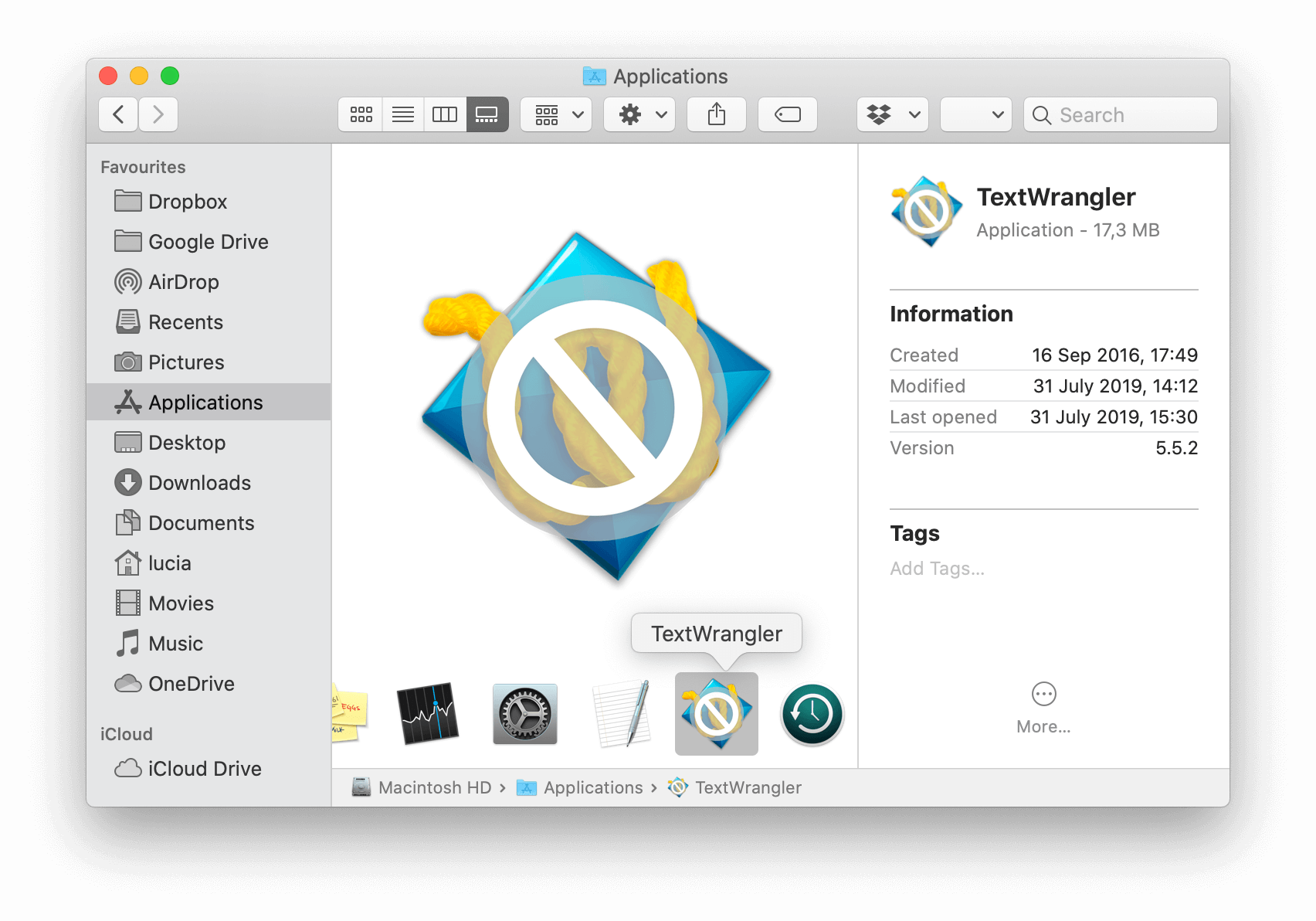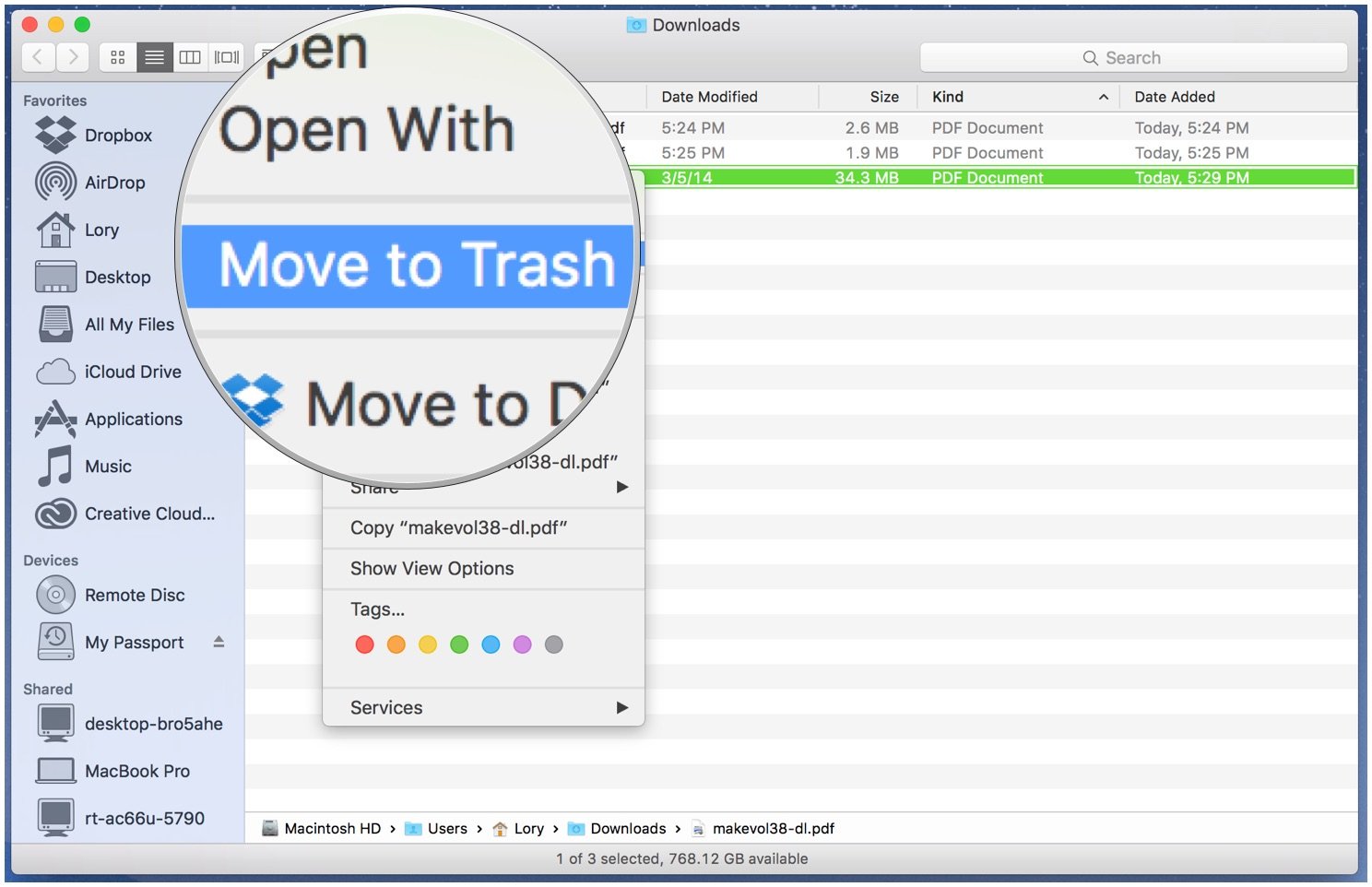

- #Completely uninstall all files for an app mac os x? install#
- #Completely uninstall all files for an app mac os x? manual#
#Completely uninstall all files for an app mac os x? manual#
Take note, however, that automated tools can sometimes miss certain files or folders, and users employing these tools should always perform a manual check to ensure that all remnants of the application have indeed been removed.įinally, some applications such as Microsoft Office and Adobe Creative Suite have their own uninstaller application. Applications like AppDelete, AppZapper, AppCleaner, and Hazel all automate the removal of an application and its supporting files, no matter where they reside on your Mac’s drive. There are many third-party app removal tools for OS X.Īnother way to remove OS X apps is to use third-party tools. Simply delete two items: the application file itself from the Applications folder and the application-specific folder in User\Library\Containers. To aid in the process of hunting down rogue application support files, use Spotlight in Finder to search, but make sure that Spotlight is configured to display system files in its search results.ĭue to sandboxing requirements imposed by Apple, apps obtained from the Mac App Store are even easier to remove. If so, drag it off the dock to remove it or right click on the icon and select Options > Remove from Dock. Once that’s complete, check to see if the application had a Dock icon. You may also want to check the System Library folder by navigating to the top level of your hard drive and opening the /System folder, although most applications will confine their files to the user-specific Library.

Remove any files or folders that you are certain belong to the application you’re trying to uninstall. Here, you’ll want to check for references to the application in the Preferences, LaunchAgents, and Application Support folders. Next, head to the user’s library folder (in OS X Lion and above, hold down the Option key while selecting the “Go” menu from the Finder’s menu bar and select “Library”). Select any associated processes and click “Quit Process” to end them. You can check this by looking at the processes listed in the Activity Monitor application (there’s a search filter there to narrow the list down if it’s too long).

To manually remove an OS X app, first make sure the app is closed and that no services associated with it are running.
#Completely uninstall all files for an app mac os x? install#
Many apps, however, also install additional files in the user’s Library folder, such as application preferences and caches. app file and select “Show Package Contents” to see what’s inside).ĭeleting an application bundle will remove that application’s binary and all the supporting files contained within. app bundle (if you’re curious, right-click on any. Unlike Windows, in which an application usually installs a folder that contains the executable and supporting files, most of what an OS X app needs to run is stored within the. In general, applications in OS X are packaged into a “.app” bundle that appears to be a single file but is actually a self-contained folder.


 0 kommentar(er)
0 kommentar(er)
